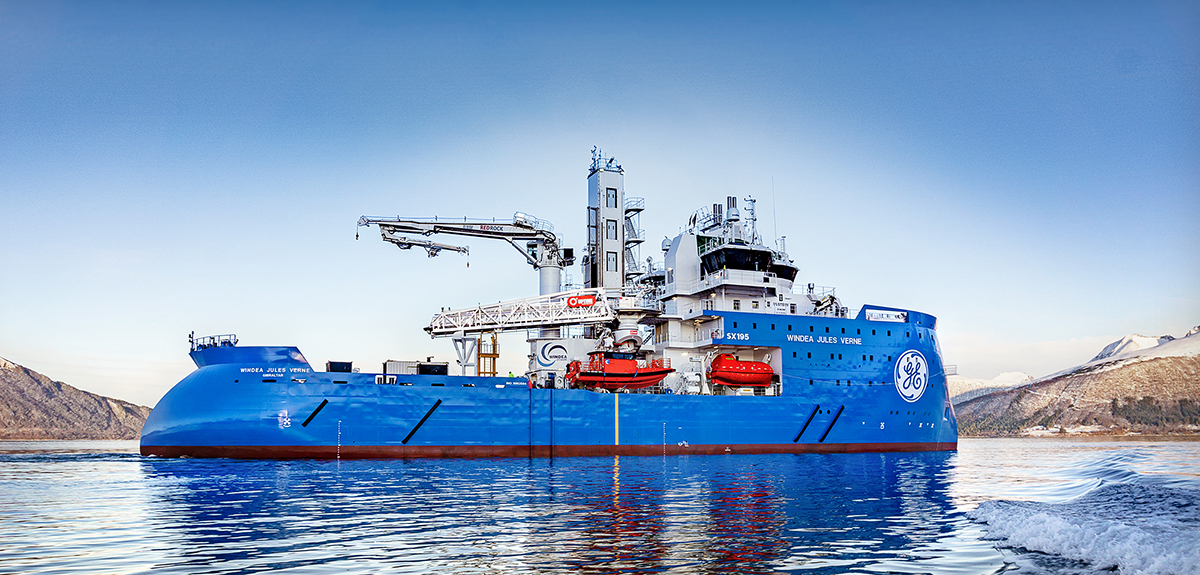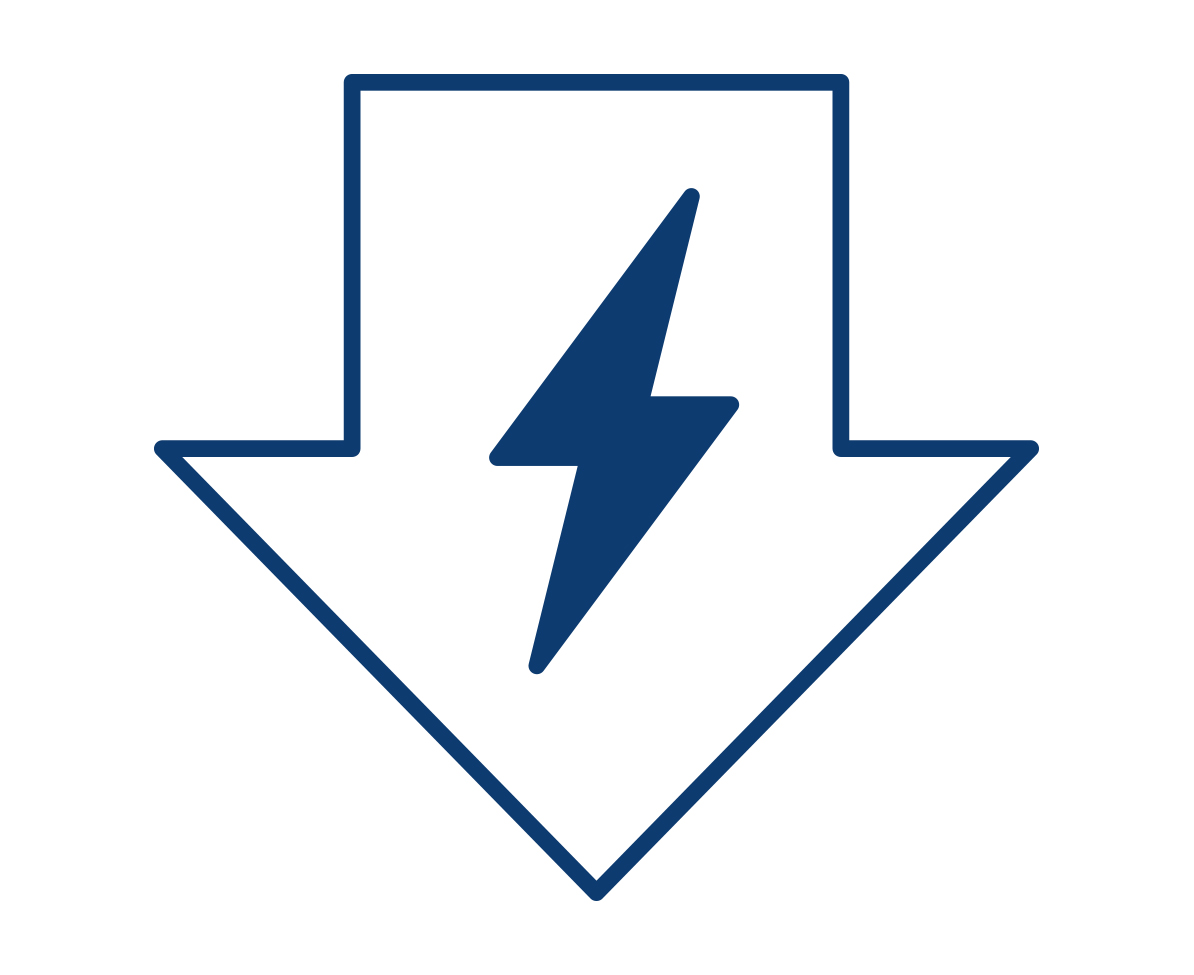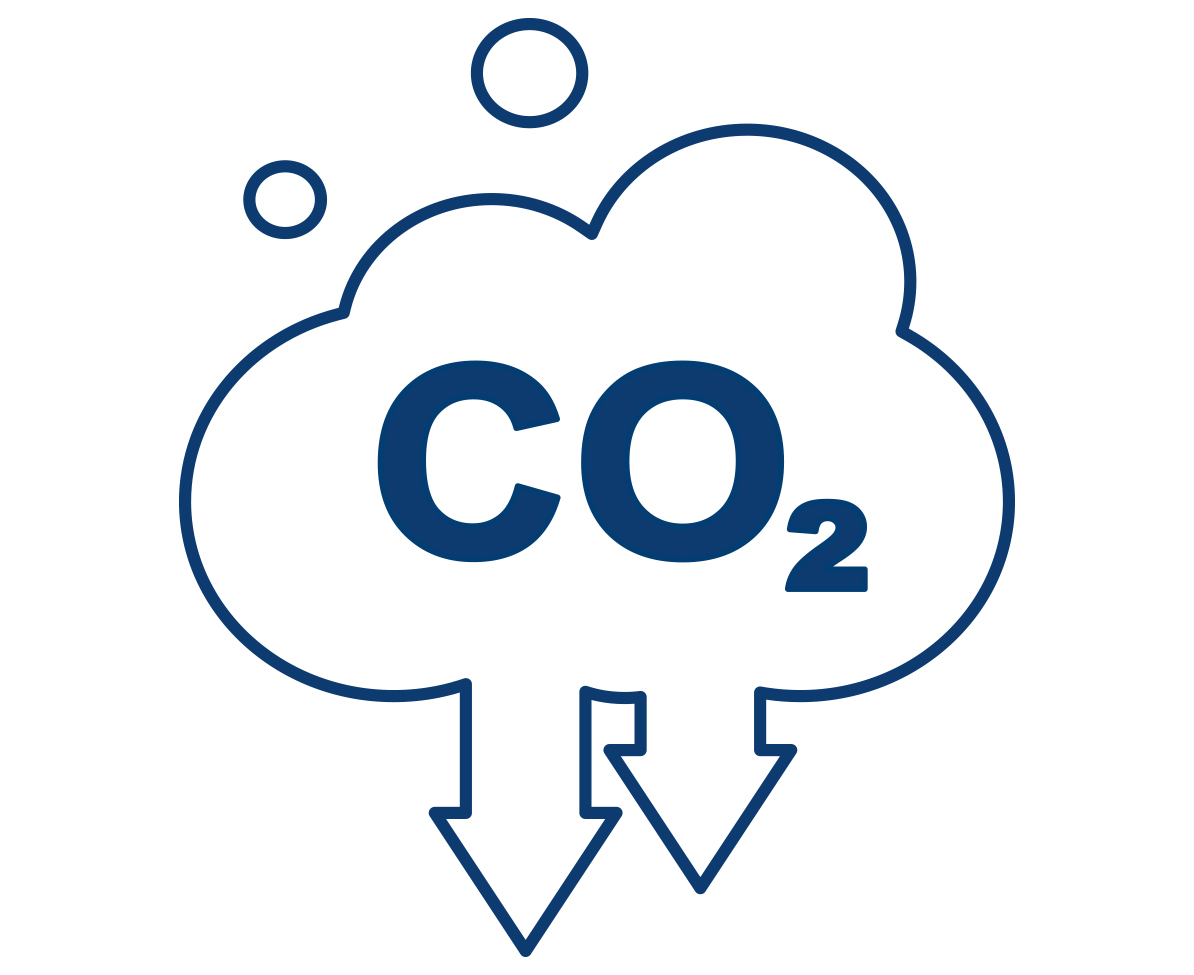The bulk of the emissions from shipping stem from the use of diesel to power the vessel, however with the advent of electric power from batteries, the industry is now exploring various ways of tapping on this energy source to make shipping more environmentally friendly and efficient.
While battery power alone is not sufficient to power vessels on long voyages, when combined with diesel, the effects and benefits on emissions, fuel consumption, costs and maintenance are amplified several times over.
But what exactly is a hybrid drive? How does it compare to a diesel drive?
A hybrid system works by combining diesel with electric battery power and depending on the energy requirement on board – it can switch between operating purely on diesel, purely on electric or through a strategic mix of both.
Hybrid vessels are used increasingly for offshore work where there are large fluctuations in power demand. A Dynamic Positioning (DP) operation is an example of the varying energy demand where a vessel has to respond and adjust constantly with environmental conditions to maintain its position out at sea. This is where the batteries come in handy to alternate between diesel and electric energy.
There are four main advantages of a hybrid system:







